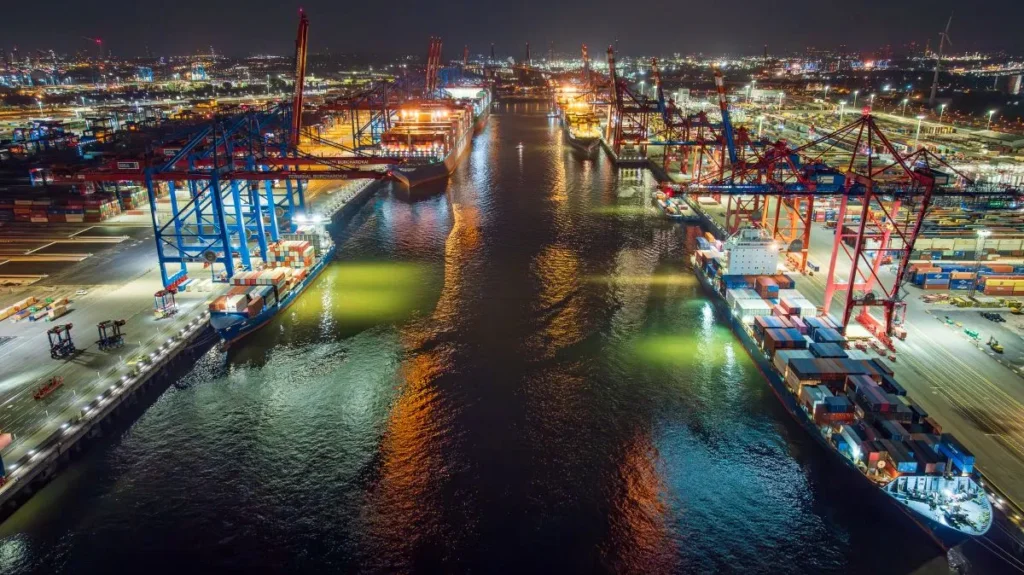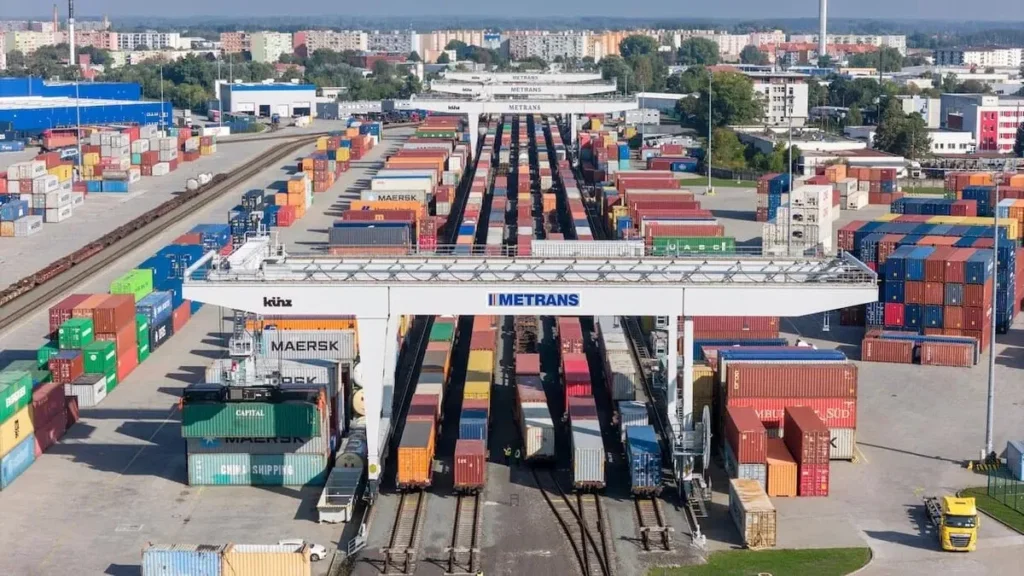According to an announcement from Port of Hamburg Marketing earlier this week, the port remains on a solid growth trajectory. Between January and September, seaborne cargo throughput rose by 3.4% to a total of 86.8 million tonnes. Container handling showed especially dynamic growth. Container traffic is the main engine of the port’s current expansion.
Asia and Europe offset decline in U.S. trade
The main drivers of this development were the Asian and European trades, according to the port. By contrast, container traffic with the United States fell sharply. Weak transatlantic demand continues to weigh on overall container volumes.
In Asian trade, China remained the port’s most important partner, with strong growth also recorded in Malaysia and India. Within Europe, several markets showed robust increases. Asian and European routes are strengthening while other regions lag behind.
Hinterland and transhipment traffic support growth
Hinterland transport also contributed to the positive trend. Rail-borne container volumes remained high and new liner services added momentum. Hinterland links continue to stabilise the port’s performance.
In the transhipment segment, volumes rose significantly year-on-year. According to Port of Hamburg Marketing, the reorganisation of liner services also played a role. Transhipment activity is rebounding strongly.
Bulk cargo market remains subdued
Unlike the container segment, bulk cargo throughput stagnated. Some growth in grab cargo offered limited support. Bulk goods remain a weak point in the port’s overall performance.
Optimistic outlook despite challenges
Despite ongoing challenges in transatlantic trade, the Port of Hamburg remains resilient. Strong demand from Asia and Europe, new liner connections, and stable hinterland transport underpin continued growth. The port remains on a stable upward trajectory despite regional setbacks.









